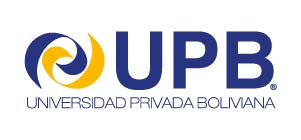Title of Project:
Study of species in the Bolivian Altiplano with potential application as dyes for their chemical-biological and economic assessment – Phase II.
Responsable:
Sandra Ibáñez-Calero, PhD
E-mail: sandraibanez@lp.upb.edu
Researchers:
Kelly Loayza Afonso, Ing. Mgr.
Summary:
The study on natural dyes has rebounded during the last years due to the toxicity present in the synthetic derivatives. Nature provides a great variety of species with possible dying uses, finding plants, animals, insects, bacteria and color soil with important applications. The Phytochemical Research Center, following the guidelines drawn in the Natural Dyes Program, tries to validate color species studying their photo protector, antioxidant and dying potentials. A natural specie that can be used as dye and with possible antioxidant and/or photo protector attributes, will have a greater aggregate value. The project: Study on Species in the Bolivian Altiplano with Potential Application as Dyes for their Chemical-Biological and Economic Assessment in its second phase tries to assess antioxidant properties in the species collected at the Zongo valley. The second phase started in February 2016 with a new collection of the species to complete their antioxidants potentials through chemical-biological reactions. Among the species with important inhibition activities (tested up to 10mg/ml with the DPPH reactive) are: Brachyotum microdon (flowers), Baccharis pentlandii (flowers), Thibaudia crenulata (leaves), Fuchsia boliviana (flowers/fruits and leaves) and Rubus floribundus (fruits).
